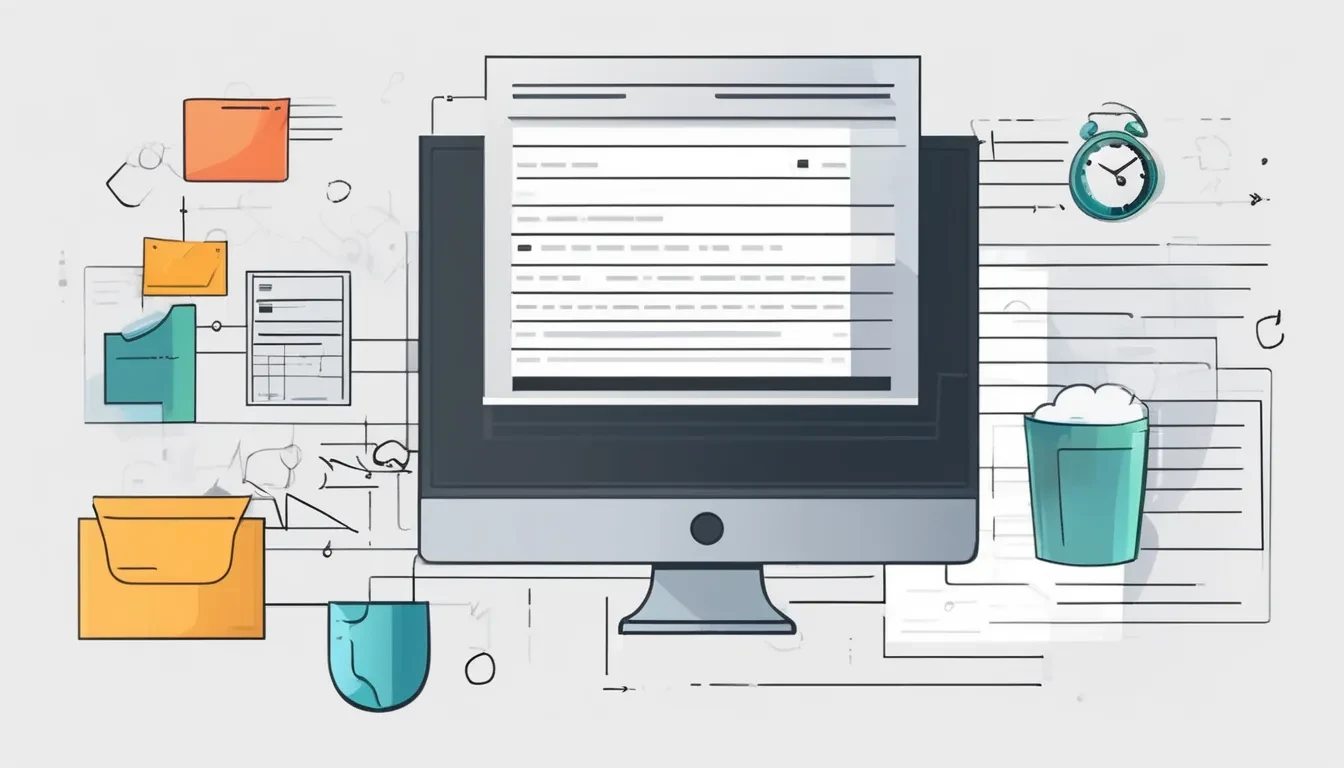
The Art of Clean Code: Best Practices for Writing Maintainable Software
Writing clean code is essential for building maintainable and scalable software systems. This blog explores the principles of clean code, such as readability, simplicity, and the single responsibility principle, and provides best practices for implementing them in your projects. Discover how clean code can reduce bugs, facilitate collaboration, and increase the longevity of your software. Learn the art of clean code and set your projects up for long-term success.
In the world of software engineering, writing code is just one part of the puzzle. The true challenge lies in creating code that is not only functional but also maintainable. As software projects grow in complexity, the importance of clean code cannot be overstated. Clean code is the foundation of scalable, adaptable, and reliable software systems, ensuring that future developers can understand, modify, and extend your work with ease. In this blog, we’ll explore the principles and best practices for writing clean code that stands the test of time.
Understanding the Importance of Clean Code:
Clean code is more than just aesthetically pleasing; it’s a critical component of software engineering that impacts the entire lifecycle of a project. In 2024, as development teams become more distributed and software systems grow increasingly complex, the need for clean code is greater than ever. Clean code reduces technical debt, minimizes bugs, and makes it easier to onboard new team members. It’s not just about making your code look good—it’s about creating a sustainable codebase that can evolve and adapt to future requirements.
Principles of Clean Code:
The principles of clean code are rooted in simplicity, readability, and efficiency. Here are some key concepts to keep in mind:
- Readable Code: Your code should be easy to read and understand. This means using descriptive variable names, following consistent naming conventions, and organizing your code logically. Remember, code is read more often than it is written, so prioritize clarity over cleverness.
- Single Responsibility Principle (SRP): Each function or class should have a single responsibility or purpose. This principle helps to keep your code modular and reduces the risk of introducing bugs when making changes.
- DRY (Don’t Repeat Yourself): Avoid duplicating code. Repetition not only makes your codebase larger but also increases the likelihood of inconsistencies and errors. Instead, abstract common functionality into reusable components or functions.
- KISS (Keep It Simple, Stupid): Simplicity is key to clean code. Avoid unnecessary complexity by breaking down large functions into smaller, more manageable pieces. Simple code is easier to understand, test, and maintain.
- YAGNI (You Ain’t Gonna Need It): Don’t add features or code until they are necessary. Over-engineering can lead to bloated, difficult-to-maintain codebases. Focus on the current requirements and resist the urge to anticipate future needs that may never materialize.
Best Practices for Writing Clean Code:
Now that we’ve covered the principles, let’s look at some practical best practices for writing clean code:
- Consistent Formatting: Use a consistent style for indentation, spacing, and braces throughout your codebase. This improves readability and makes it easier for others to understand your code. Many teams adopt style guides like PEP 8 for Python or Google’s JavaScript Style Guide to enforce consistency.
- Meaningful Comments: While clean code should be self-explanatory, comments can still be valuable for explaining the why behind complex logic. Avoid redundant comments that simply restate what the code does—focus on providing context or explaining decisions that aren’t immediately obvious.
- Refactor Regularly: Refactoring is the process of improving your code without changing its behavior. Regular refactoring helps to keep your codebase clean and maintainable. Look for opportunities to simplify code, eliminate duplication, and improve readability.
- Write Tests: Automated tests are essential for maintaining clean code. Tests ensure that your code works as expected and help catch regressions when making changes. Writing tests also forces you to think critically about your code’s structure and dependencies.
- Use Version Control: Version control systems like Git are indispensable for tracking changes and collaborating on code. Commit often, write meaningful commit messages, and use branching strategies to keep your codebase organized.
The Benefits of Clean Code:
The benefits of clean code extend beyond the immediate project. Clean code:
- Facilitates Collaboration: When your code is clean and well-documented, it’s easier for other developers to contribute and understand your work. This is especially important in team settings or when onboarding new developers.
- Reduces Bugs: Clear, simple code is less prone to errors. By following clean code principles, you can reduce the likelihood of introducing bugs and make it easier to debug issues when they arise.
- Increases Longevity: Software systems are rarely static—they evolve over time as new features are added and requirements change. Clean code is more adaptable to these changes, ensuring that your software remains functional and relevant in the long term.
- Improves Performance: Clean code is often more efficient, as it avoids unnecessary complexity and redundancy. This can lead to better performance and a more responsive application.
Conclusion:
Clean code is the hallmark of a skilled software engineer. It’s not just about making your code look good—it’s about creating a maintainable, scalable, and reliable foundation for your software projects. By adhering to the principles of clean code and following best practices, you can build systems that are easier to understand, modify, and extend. In 2024, as the demands on software continue to grow, the importance of clean code will only increase. Invest the time and effort into writing clean code today, and you’ll reap the benefits for years to come.



0 Comments